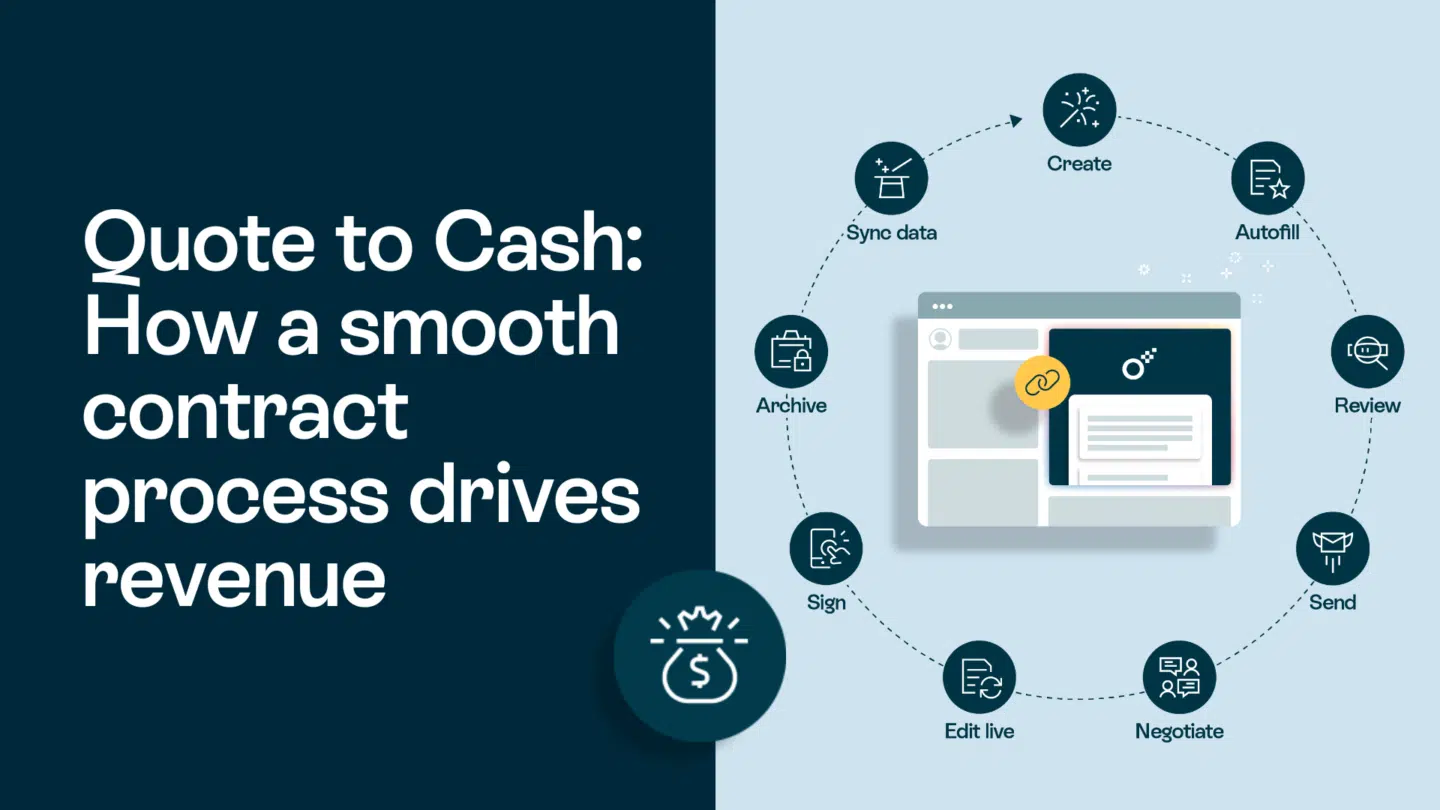Let’s be honest: writing a business plan often feels overwhelming. It’s not inherently complicated, but uncertainty about the process can make it seem that way.
- Should you hire a plan writer, use a template or utilize a business plan software?
- What sections to include?
- How to go about financial projections?
Before you know it, you find yourself overthinking, rewriting, or worse—not writing at all. But honestly, you don’t need perfection or a month of late nighters.
Modern tools can handle the heavy lifting, letting you focus on strategy, not syntax. (of course if you choose not to hire a professional)
This guide will share a step-by-step process to draft a clear, actionable plan—without burnout.
So grab a coffee. Let’s build your roadmap in record time.
Why and when do you need a business plan?
A business plan isn’t just paperwork—your strategy turned into action. Think of it as a roadmap: it keeps you focused, especially when making big decisions or facing uncertainty.
You need one when:
- Pitching to investors
- Your gut says “scale,” but logic demands proof (spoiler: “vibes” don’t secure loans).
- Exploring challenges like market shifts or crises as it demands a flexible strategy.
Also, it’s not about perfection. Even a basic plan forces you to answer critical questions early, like “How will this make money?” or “Who is this for?”—saving you from costly mistakes later.

Step-by-step guide to writing a business plan
Think drafting a business plan takes forever? It doesn’t if you skip the fluff and focus on what matters. Here is a streamlined guide to craft your first draft fast:
Write an executive summary
The executive summary is your business plan’s highlight reel—a tight, compelling snapshot of everything that follows. Though it appears first, write it last. Why? Because it’s easier to summarize a finished plan than to predict one.
Here’s the catch: Investors skim this section to decide if they’ll read the rest.
Your job? Turn “skim” into “scanning their calendar to meet you.”
How? Focus on three things:
- The opportunity: Is your idea filling a gap or dominating a growing market?
- The hook: What makes your solution stand out? (Hint: “Better pricing” isn’t enough.)
- The proof: Can your business model turn buzzwords into profit? Show the math.
Think of it as a trailer for your business. Skip the spoilers, tease the stakes, and leave them wanting the whole story. Nail this, and you’re not just sharing a plan— you’re pitching a vision worth backing.
Write a company overview
This section is your business’s foundation. It answers who you are and why you matter in plain terms. Be straightforward because investors want clarity, not poetry.
You can include:
- Your origin story: When did you start, and what problem pushed you to act?
- What you offer: Products, services, or solutions—explain them like you’re talking to a busy colleague.
- Location: If you have a physical presence, why does it matter? (Hint: “We’re near a tech hub” is more compelling than “We exist.”)
- The gap you fill: What pain point does your business solve? Be specific.
- Your audience: Who needs you most, and how will you reach them? (Save deep dives for later sections.)
Describe products and services
This is where your business plan shifts from theory to reality. Your offerings are the engine driving revenue—so skip the jargon and focus on how they solve real problems.
Start by naming your customers’ pain points, then explain exactly how your product or service fixes them.
The structure depends on your business:
- Physical goods? Highlight key features, but avoid drowning readers in specs.
- SaaS or complex software? Dive deeper into functionality and user benefits.
- Service-based? Clarify your process and what sets you apart from competitors.
Cover the basics:
- How it works (without the technical manual vibe).
- Pricing proposal (and why it’s fair, not just cheap).
- Quality control (hint: “We test every batch” is more meaningful than “We care”).
But here’s the secret: Investors don’t buy products—they buy stories. Instead of listing features, paint a scene.
How will a customer’s life improve after using your solution? They could save 3 hours a week using your app, or your eco-friendly packaging eases their guilt at checkout.
Data validates, but narrative resonates. Make them see—and believe—the difference you’re making.
Read also: 10 types of documents every business needs

Conduct market research and analysis
Market analysis isn’t about drowning readers in spreadsheets—it’s your backstage pass to understanding where your business fits in the chaos.
Investors don’t want a textbook recap of your industry; they want proof you’ve spotted gaps others missed.
Start with the big picture: How large is your industry? Is it growing or shrinking? (Example: “The $50B pet wellness market is exploding, but 70% of owners say existing products are overpriced.”)
Then zoom in.
Who are your ideal customers?
Describe them like you’re introducing a friend: age, habits, frustrations. (“Meet Sarah: a 30-year-old dog mom who’d pay extra for organic treats but can’t find any locally.”)
Next, dissect your competitors.
Who’s already winning, and why? Maybe “Brand X dominates shelf space but uses cheap ingredients” or “Startup Y has great tech but awful customer service.”
That’s your opening.
Finally, call out roadblocks—regulations, costs, or market saturation—and explain how you’ll sidestep them. (“Yes, FDA approvals take months, but we’re partnering with a pre-certified lab to cut delays.”)
The goal? Turn data into a story in which your business isn’t just another option—it’s the obvious solution.
Outline organization structure and management team
Investors are betting on your idea, not just on you. A brilliant product means nothing if the team behind it cannot execute it.
This section isn’t a resume dump; it’s your chance to prove you’ve got the right people to turn vision into reality.
Start by spotlighting core team members: their expertise, roles, and why they’re uniquely qualified to tackle your industry’s challenges.
A simple visual showing who does what cuts through the noise—no one wants to decode a tangled hierarchy.
Include operations plan
Your operations plan is the backbone of your business—it’s where “how we’ll do this” meets “here’s proof we can.”
Investors and your team need this clarity but skip the tiny, unnecessary details. Instead, focus on the nuts and bolts that keep the engine running.
Key elements that you should include are Vendors, production workflows, inventory systems, and facilities.
But what you emphasize depends on your business.
Let’s say you run a handmade jewelry brand (manufacturing).
Your plan would detail sourcing ethically mined gemstones, production timelines, quality checks (like stress-testing clasps), and partnerships with eco-friendly shipping providers.
Now, imagine you’re a jewelry e-commerce store (retail).
Here, you’d spotlight inventory management tools, supplier relationships, and how you handle returns or custom orders—there is no need for factory blueprints.
The goal? Cut through the fluff. Investors want to see you’ve thought through risks (“What if a supplier falls through?”) and scalability (“Can you handle 100 orders a day?”).
Your team needs a roadmap that answers “Who does what, and by when?”
Develop sales and marketing strategies
Sales and marketing strategies are your plan to attract customers, close deals, and hit revenue goals.
Marketing builds awareness—like social media ads or blog posts that answer common customer questions.
Sales focus on converting interested leads, whether through personalized demos, discounts, or follow-up emails.
Start by defining your audience. Who are they, and what do they value? For example: “Small gym owners who struggle to retain members with outdated software.”
Then, explain how you’ll reach them. Will you run LinkedIn ads targeting fitness studios? Host free webinars? Partner with industry influencers?
Detail your pricing strategy. Are you competing on cost, quality, or unique features? (“We charge 10% more than rivals, but our software automates 80% of admin tasks.”).
Include sales channels: Will you sell directly through a website, use third-party platforms, or rely on in-person pitches?
Track progress with clear metrics, like “50 new trial sign-ups per month” or “20% repeat customer rate.”
If a tactic underperforms, adjust quickly—maybe shift ad spend from Instagram to YouTube or offer a limited-time bundle deal.
Read also: Business document examples: A complete guide made with a little help from AI

Prepare a financial plan
Your financial plan is the reality check that answers, “Can this business survive?”.
Investors and lenders care less about your vision and more about cold, hard proof you’ll turn a profit.
Here’s how to show it:
Start with revenue streams: How does your business make money? Subscription fees? Product sales? Licensing? Be specific.
(Example: A coffee shop earns 60% from walk-in customers, 30% from catering orders, and 10% from merch.)
Next, map out costs and timelines.
Break down monthly expenses (rent, payroll, materials) and compare them to projected income.
If you’re seeking a loan, clarify repayment terms—investors want to know you’ve planned for slow months, not just best-case scenarios.
Include projections:
- Monthly cash flow for Year 1.
- Annual profit/loss estimates for Years 1-3.
- Long-term goals (e.g., “Break even by Month 8, 20% profit margin by Year 2”).
But don’t guess. Back numbers with data: “Our pricing model is based on 200 customer surveys showing 70% would pay $15/month.”
This section isn’t glamorous, but it’s non-negotiable. Nail it, and you’re not just asking for money—you’re proving you’ll multiply it.
Final step: add appendix
The appendix supports your plan’s claims—it’s where licenses, team certifications, financial details, or product blueprints live.
Is it optional? Yes. But a polished appendix adds credibility.
Investors skim this section to verify your data. Include only what’s relevant: legal documents, past financials, or marketing materials. Keep it tidy—clutter drowns trust.
Tips to write a perfect business plan
A step-by-step guide keeps you on track, but tips from those who’ve done it before—that’s where the real shortcuts are.
Here are some time-saving tricks to write smarter—not harder:
Start with the “why”
Your plan’s purpose—like getting funding or guiding your team—shapes every word. Adjust the tone, details, and sections to fit that goal. For investors, focus on profits and growth (“Revenue triples in Year 2”). For your team, explain clear steps (“Here’s how we’ll make production smoother”).
Write for your reader
Pitching investors? Focus on money and scaling. Writing for your team? Highlight daily tasks and realistic goals. Avoid vague statements—answer what they care about.
Read also: What is a business report, and how do you write one?

Get an expert opinion
Have someone else to review your business plan. This can be anyone, your partner, team member, business mentor, or an expert business plan writer. This will give you a fresh perspective on your plan and identify and correct errors that might have been overlooked during the initial drafting.
Summing it up
Creating a business plan that wins investors isn’t about perfection but momentum. Yes, it’s work. But so is scrambling without direction when competitors outpace you.
You’ve got the steps: Clarify your value, lean on AI applications to streamline drafts, and start today.
Your plan isn’t just a document—it’s proof you’re ready to win. So open that laptop, draft the messy first version, refine it, and repeat.
The only wrong move? Staying stuck in “someday.”







